Be Aware: Elevate Your News Evaluation

News: Information about recent events or happenings, especially as reported by means of newspapers, website, radio, television, and other forms of media (Free Dictionary)
"... news remains an important part of public life. More than seven-in-ten U.S. adults follow national and local news somewhat or very closely." The Modern News Consumer - Pew Research Center, 7 July 2016

Our News Environment: Fake News, Clickbait, Partisan Bias, Post-Trust, Multiple Purposes

Fake News: False information, made to look credible, but intended to mislead (Webopedia)
16% of U.S. adults surveyed by the Pew Research Center responded that they had unsuspectingly shared a fabricated political news story. Many Americans Believe Fake News is Sowing Confusion - Pew Research Center, 15 December 2016

Clickbait: Sensational or provocative content, like an eye-catching link or thumbnail picture, intended to lure visitors to a web page
Sites like BuzzFeed, The Huffington Post, and Upworthy regularly use clickbait to build views.
When You Read These 19 Shocking Food Facts, You'll Never Want to Eat Again!
Facebook updated its news feed algorithm in 2016 to reduce the amount of clickbait users see.
Shocker! Facebook Changes Its Algorithm to Avoid 'Clickbait' The New York Times, 4 August 2016

Partisan Bias: The inclination to interpret an issue or situation through a party's ideology
74% of U.S. adults surveyed by the Pew Research Center responded that news organizations are biased when covering political and social issues -- The Modern News Consumer Pew Research Center, 7 July 2016

Post-Trust: 68% of Americans have little or no confidence in the mass media (newspapers, TV, and radio) to report news fully, accurately, and fairly -- up 8% from 2015 - Gallup Organization poll September 2015 & 2016
Steve Inskeep of NPR's Morning Edition calls this a post-trust era -- a recognition that "any news source can steer your wrong at times." -- Post Truth or Post Trust? Undermain

Multiple Purposes: A news source does not deliver monolithic content. Different news article types are written for different purposes. For instance, an article may intend to convey facts (e.g. news story) or to give an opinion (e.g. editorial)
News Story - written in a direct way with no editorial comments
Feature Story - written to inform or entertain, may include more of the writer's individual style and judgment
Editorial - present the opinion of the publisher or editor(s)
Review - a critique of an art form, such as a movie or a book

Why become a critical consumer of news media?

Consuming News
Strategies for critically consuming news

New Sources

Investigate

Language
Is the content designed to create a strong emotional reaction or not?

Recognize: What is the author trying to accomplish?

Copyright @ The Regents of the University of California. All rights reserved.
